- Home
- Garden Wildlife
- Insects
- True flies
Introduction to the Diptera - true flies
With over 7,000 species, the Diptera or true flies is the second largest order of insects in Britain and Ireland. They are abundant as garden species, and Jennifer Owen recorded 145 species in her Leicester garden, but many more remained to be identified because of the need for specialist help.
Members of the Diptera are readily distinguished from other insects that have ‘fly’ as part of their common name. In the Diptera, only the first pair of wings functions as wings. The hind pair is modified into small club-shaped structures known as halteres. These are used like gyroscopes to help the fly maintain its balance when in flight.
Left: electron microscope image of fly thorax showing the haltere. Right: the unusually long halteres show up clearly on this cranefly.
As adults, all Diptera lack chewing mouthparts, and are liquid feeders, either sucking using piercing mouthparts, or "lapping" fluids as in the houseflies. Larval flies vary, some do have chewing mandibles, while others have fangs or special filter-feeding adaptations.
True fly larvae lack true legs and are commonly referred to as maggots. Many flies develop as larvae in wet or damp environments, such as in water, soil or inside dead or live plant tissues. The diets of fly larvae usually differ from those of the adult insects. Some flies do not feed as adults.
Other sources of information
Website
Website of the Dipterists Forum
New website of the Dipterists Forum
UK Diptera Facebook group
Books
Chandler, P. J. (editor) (2010) A Dipterist’s Handbook. The Amateur Entomologists’ Society
Colyer, C. N. & Hammond, C. O. (1968) Flies of the British Isles. Frederick Warne
Early, J. (2013) My Side of the Fence: The Natural History of a Surrey Garden Jeremy Early Reigate Surrey. Chapter 8 on flies is very useful.
McAlister, E. (2017). The secret life of flies. The Natural History Museum
Oldroyd, H. (1954) Diptera 1.Introduction and key to families. Royal Entomological Society. Out of print but available here.
Oldroyd, H. (1964) The Natural History of Flies. Wiedenfield & Nicolson
Smith, K. G. V. (1989) An introduction to the immature stages of British flies – out of print but available here.
Unwin, D.M. (1981) A key to the families of British Diptera. A Field Studies Council AIDGAP key available here.
Page drafted by Andrew Halstead, reviewed by Andrew Salisbury, edited by Steve Head
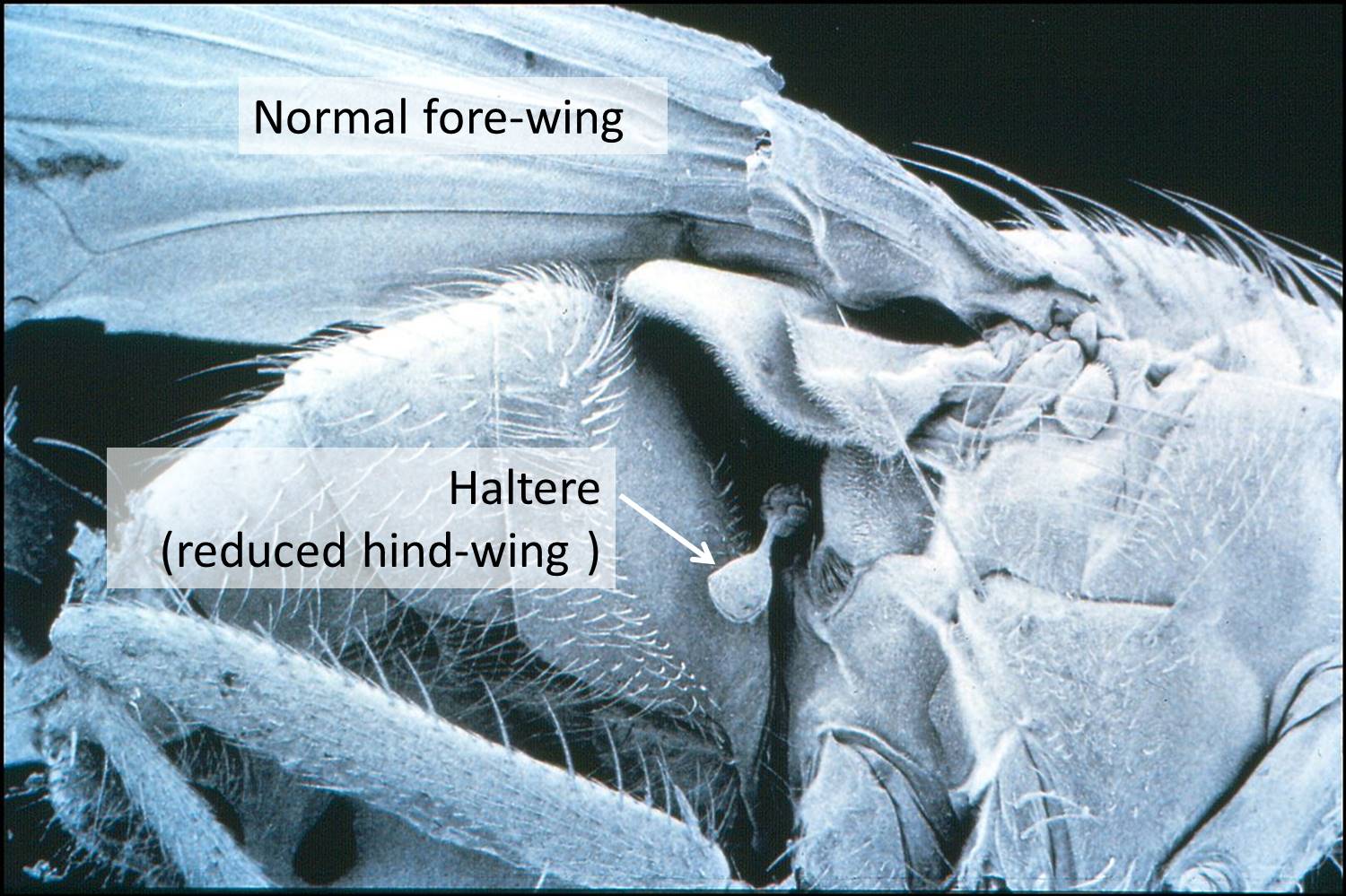
.jpg)
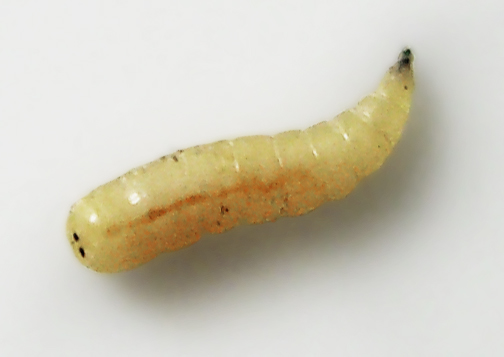
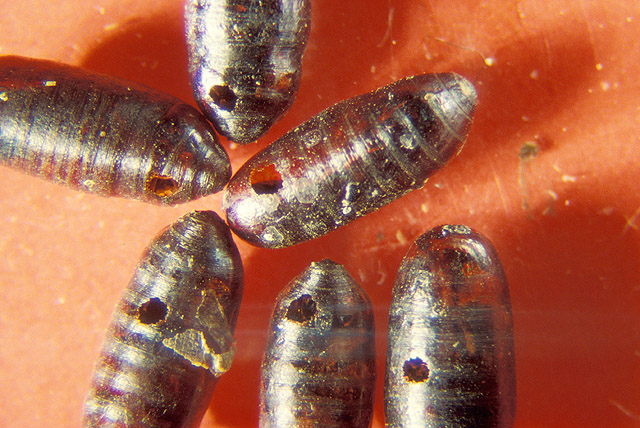
Introduction to the Diptera - true flies
With over 7,000 species, the Diptera or true flies is the second largest order of insects in Britain and Ireland. They are abundant as garden species, and Jennifer Owen recorded 145 species in her Leicester garden, but many more remained to be identified.
Members of the Diptera are readily distinguished from other insects that have ‘fly’ as part of their common name. In the Diptera, only the first pair of wings functions as wings. The hind pair is modified into small club-shaped structures known as halteres. These are used like gyroscopes to help the fly maintain its balance when in flight.
Introduction to the Diptera - true flies
With over 7,000 species, the Diptera or true flies is the second largest order of insects in Britain and Ireland. They are abundant as garden species, and Jennifer Owen recorded 145 species in her Leicester garden, but many more remained to be identified.
Members of the Diptera are readily distinguished from other insects that have ‘fly’ as part of their common name. In the Diptera, only the first pair of wings functions as wings. The hind pair is modified into small club-shaped structures known as halteres. These are used like gyroscopes to help the fly maintain its balance when in flight.
Introduction to the Diptera - true flies
With over 7,000 species, the Diptera or true flies is the second largest order of insects in Britain and Ireland. They are abundant as garden species, and Jennifer Owen recorded 145 species in her Leicester garden, but many more remained to be identified because of the need for specialist help.
Members of the Diptera are readily distinguished from other insects that have ‘fly’ as part of their common name. In the Diptera, only the first pair of wings functions as wings. The hind pair is modified into small club-shaped structures known as halteres. These are used like gyroscopes to help the fly maintain its balance when in flight.
Left: electron microscope image of fly thorax showing the haltere. Right: the unusually long halteres show up clearly on this cranefly.
As adults, all Diptera lack chewing mouthparts, and are liquid feeders, either sucking using piercing mouthparts, or "lapping" fluids as in the houseflies. Larval flies vary, some do have chewing mandibles, while others have fangs or special filter-feeding adaptations.
True fly larvae lack true legs and are commonly referred to as maggots. Many flies develop as larvae in wet or damp environments, such as in water, soil or inside dead or live plant tissues. The diets of fly larvae usually differ from those of the adult insects. Some flies do not feed as adults.


Bee flies – bee-like flies with larvae that develop in the nests of solitary bees
Bibionid flies – mainly seen in spring in grassy places
Biting flies - mosquitoes, blackflies, gnats, biting midges and horse flies are common blood sucking flies
Compost flies – many flies are associated with rotting vegetation and can be abundant in compost heaps
Gall midges – gall midges induce abnormal growths on host plants
Houseflies, blow flies and flesh flies. Large flies with generally unpleasant habits
Hoverflies – a popular family of pollinating flies with diverse habits. Many have predatory larvae that feed on aphids and some other insects
Parasitic (parasitoid) flies – these have larvae that develop as internal or external parasites of various insects and some other invertebrate animals
Root- eating flies – includes crane fly carrot fly, cabbage root fly and onion fly
Soldier and robber flies - long-bodied flies, some being active predators
Housefly Musca domestica larva (maggot) and a group of pupae killed by a parasitoid wasp with exit holes visible
We cover the major fly groups seen in gardens by their habits in these pages:
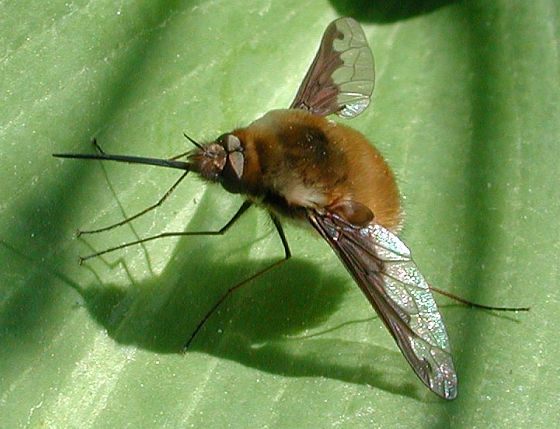
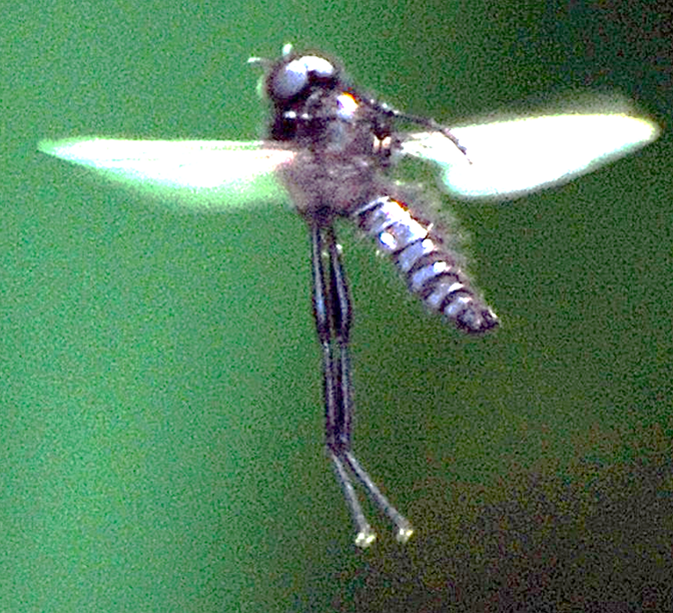
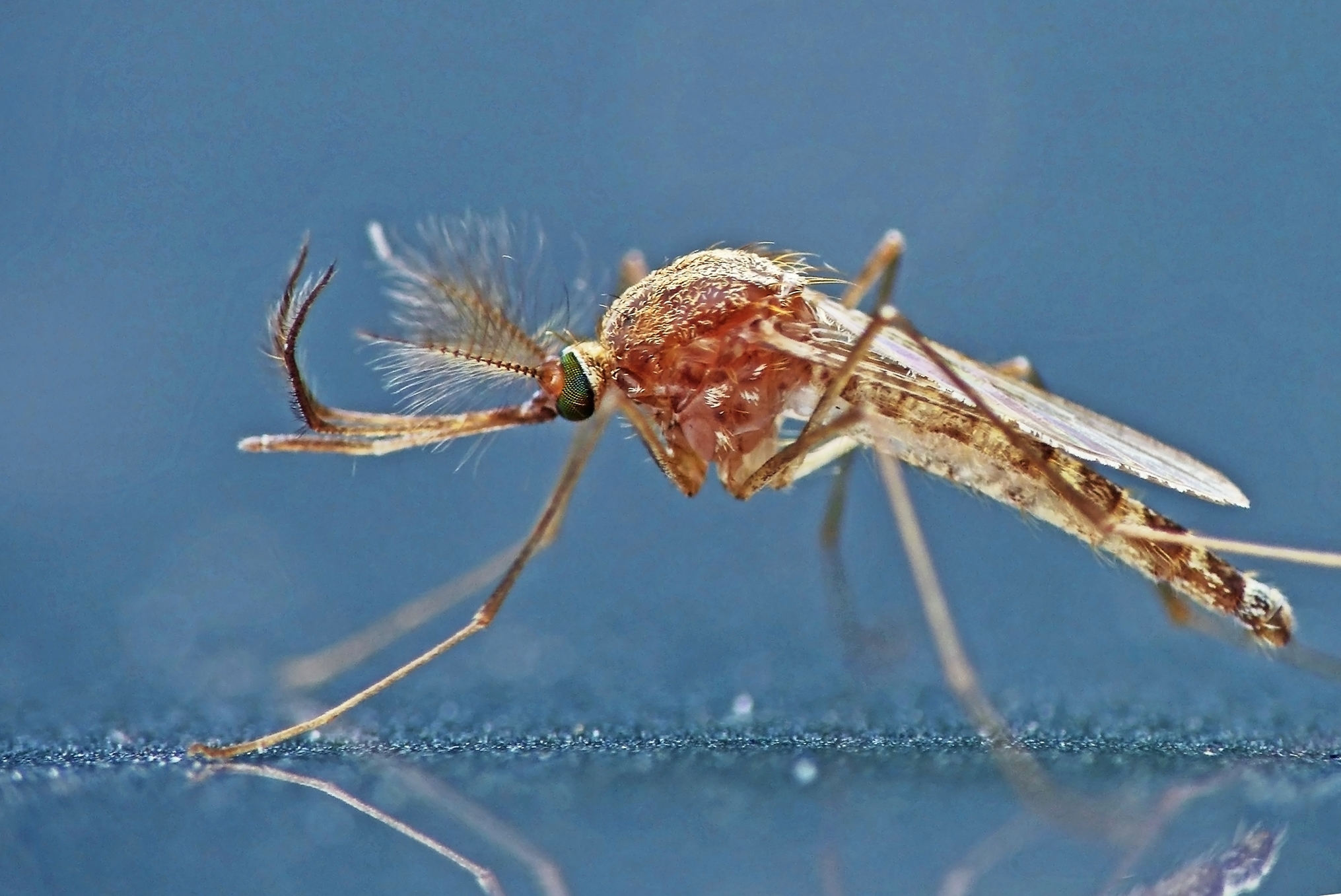
.jpg)
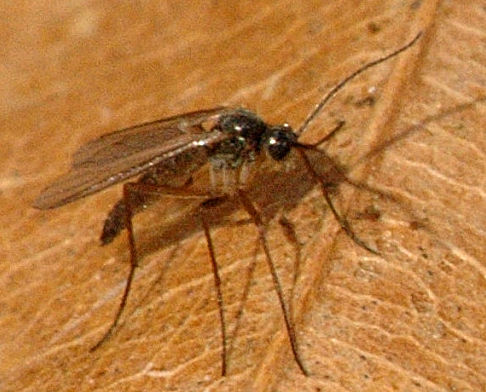
.jpg)
![Hover fly Syrphus ribesii Photo: by Alvesgaspar [CC BY-SA 3.0 (https://creativecommons.org/licenses/by-sa/3.0)]](images/1280px-Hoverfly_December_2007-4.jpg)
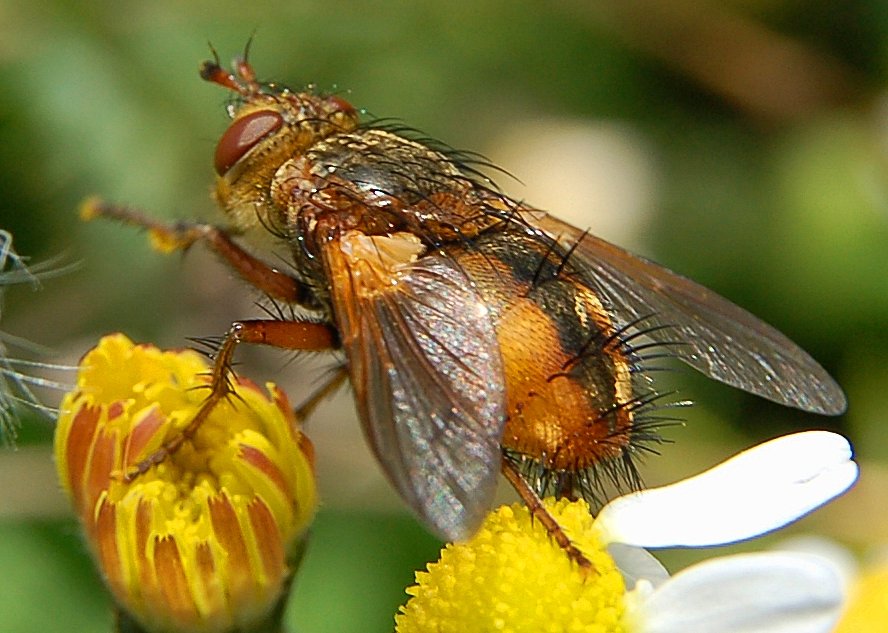
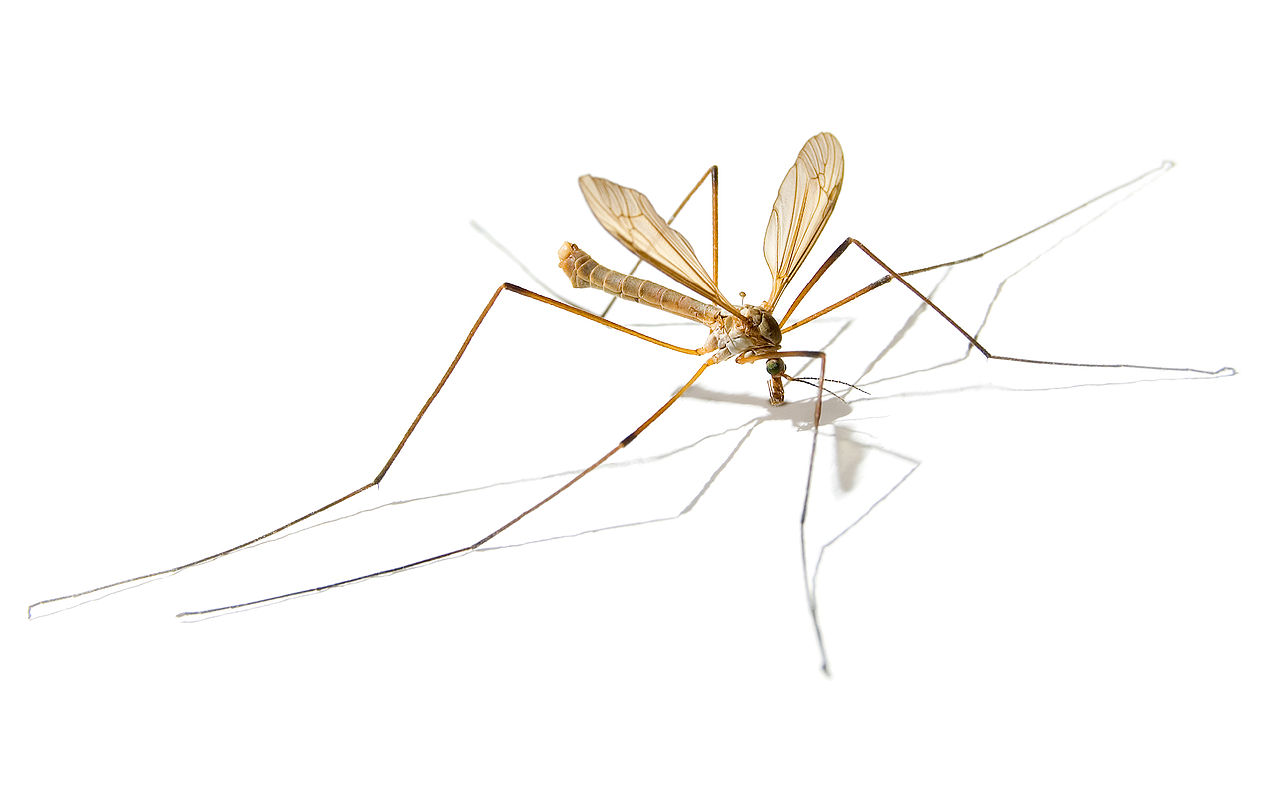
.jpg)
Housefly Musca domestica larva (maggot) and a group of pupae killed by a parasitoid wasp with exit holes visible
We cover the major fly groups seen in gardens by their habits in these pages:
Other sources of information
Website
Website of the Dipterists Forum
New website of the Dipterists Forum
UK Diptera Facebook group
Books
Chandler, P. J. (editor) (2010) A Dipterist’s Handbook. The Amateur Entomologists’ Society
Colyer, C. N. & Hammond, C. O. (1968) Flies of the British Isles. Frederick Warne
Early, J. (2013) My Side of the Fence: The Natural History of a Surrey Garden Jeremy Early Reigate Surrey. Chapter 8 on flies is very useful.
McAlister, E. (2017). The secret life of flies. The Natural History Museum
Oldroyd, H. (1954) Diptera 1.Introduction and key to families. Royal Entomological Society. Out of print but available here.
Oldroyd, H. (1964) The Natural History of Flies. Wiedenfield & Nicolson
Smith, K. G. V. (1989) An introduction to the immature stages of British flies – out of print but available here.
Unwin, D.M. (1981) A key to the families of British Diptera. A Field Studies Council AIDGAP key available here.
Page drafted by Andrew Halstead, reviewed by Andrew Salisbury, edited by Steve Head
Bee flies – bee-like flies with larvae that develop in the nests of solitary bees
Bibionid flies – mainly seen in spring in grassy places
Biting flies - mosquitoes, blackflies, gnats, biting midges and horse flies are common blood sucking flies
Compost flies – many flies are associated with rotting vegetation and can be abundant in compost heaps
Gall midges – gall midges induce abnormal growths on host plants
Houseflies, blow flies and flesh flies. Large flies with generally unpleasant habits
Hoverflies – a popular family of pollinating flies with diverse habits. Many have predatory larvae that feed on aphids and some other insects
Parasitic (parasitoid) flies – these have larvae that develop as internal or external parasites of various insects and some other invertebrate animals
Root- eating flies – includes crane fly carrot fly, cabbage root fly and onion fly
Soldier and robber flies - long-bodied flies, some being active predators
Other sources of information
Website
Website of the Dipterists Forum
UK Diptera Facebook group
Books
Chandler, P. J. (editor) (2010) A Dipterist’s Handbook. The Amateur Entomologists’ Society
Colyer, C. N. & Hammond, C. O. (1968) Flies of the British Isles. Frederick Warne
Early, J. (2013) My Side of the Fence: The Natural History of a Surrey Garden Jeremy Early Reigate Surrey. Chapter 8 on flies is very useful.
McAlister, E. (2017). The secret life of flies. The Natural History Museum
Oldroyd, H. (1954) Diptera 1.Introduction and key to families. Royal Entomological Society. Out of print but available here.
Oldroyd, H. (1964) The Natural History of Flies. Wiedenfield & Nicolson
Smith, K. G. V. (1989) An introduction to the immature stages of British flies – out of print but available here.
Unwin, D.M. (1981) A key to the families of British Diptera. A Field Studies Council AIDGAP key available here.
Page drafted by Andrew Halstead, reviewed by Andrew Salisbury, edited by Steve Head












